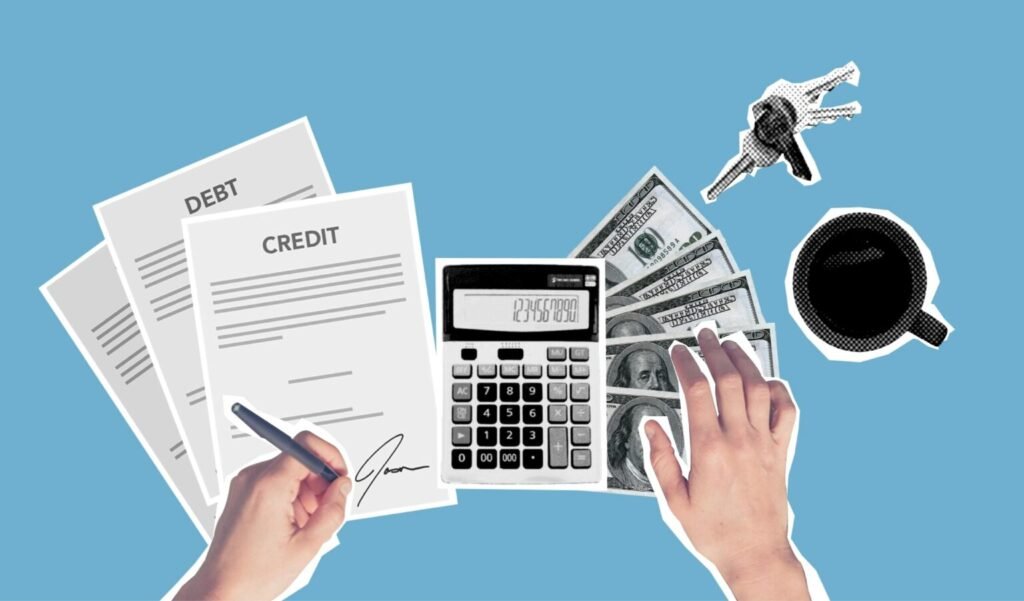
Introduction
Loans are essential financial tools that individuals and businesses utilize to meet various financial needs. Understanding the differences between secured and unsecured loans is crucial for borrowers to make informed decisions about borrowing and managing their financial obligations responsibly.
Secured Loans
Secured loans are backed by collateral, which serves as security for the lender in case the borrower defaults on the loan. Here are key aspects of secured loans:
Collateral Requirement: Secured loans require collateral, such as real estate, vehicles, savings accounts, or other valuable assets that the lender can seize if the borrower fails to repay.
Lower Risk for Lenders: Because of the collateral, secured loans are less risky for lenders, which often results in lower interest rates and higher borrowing limits compared to unsecured loans.
Types of Secured Loans: Examples include mortgage loans, auto loans, and secured personal loans, where the purchased property or asset acts as collateral.
Unsecured Loans
Unsecured loans do not require collateral and are based solely on the borrower’s creditworthiness and ability to repay. Here are key aspects of unsecured loans:
No Collateral Requirement: Unsecured loans are approved based on the borrower’s credit history, income, and financial stability without the need for collateral.
Higher Risk for Lenders: Due to the lack of collateral, unsecured loans pose a higher risk to lenders, resulting in higher interest rates and stricter eligibility criteria.
Types of Unsecured Loans: Examples include personal loans, credit cards, student loans (in some cases), and certain types of business loans that do not require collateral.
Application Process and Eligibility
Both secured and unsecured loans involve specific steps for application and eligibility:
Secured Loans: Applicants must provide details about the collateral, undergo appraisal or valuation processes, and meet credit and income requirements.
Unsecured Loans: Applicants undergo credit checks and must demonstrate sufficient income and creditworthiness. The approval and terms depend heavily on the borrower’s credit score and financial history.
Interest Rates and Fees
Interest rates and fees differ between secured and unsecured loans:
Secured Loans: Typically have lower interest rates due to the reduced risk for lenders. Fees may include appraisal fees, origination fees, and closing costs related to the collateral.
Unsecured Loans: Generally have higher interest rates to compensate for the greater risk to lenders. Fees may include origination fees and late payment penalties.
Factors Affecting Loan Approval
Several factors influence loan approval for both secured and unsecured loans:
Credit History: A strong credit history improves eligibility and may result in better terms for both types of loans.
Collateral: For secured loans, the value and type of collateral impact approval and loan terms.
Income and Debt-to-Income Ratio: Both types of loans consider the borrower’s income and existing debt obligations to assess repayment capacity.
Loan Amount: Secured loans typically allow for higher loan amounts based on the value of the collateral, whereas unsecured loans may have lower limits based on creditworthiness.
Common Uses of Secured and Unsecured Loans
Both types of loans serve various financial purposes:
Secured Loans: Used for major purchases like homes, vehicles, or large business investments where collateral can secure a favorable interest rate.
Unsecured Loans: Used for smaller purchases, debt consolidation, emergencies, or expenses that do not require collateral but need immediate funding.
Benefits and Risks
Understanding the pros and cons helps borrowers choose the right type of loan:
Secured Loans: Offer lower interest rates, higher borrowing limits, and potential tax benefits but risk losing collateral if payments are missed.
Unsecured Loans: Provide quick access to funds without risking assets but involve higher interest rates, stricter eligibility criteria, and potential damage to credit if payments are missed.
Tips for Choosing the Right Loan
Considerations when selecting between secured and unsecured loans:
Assess Financial Needs: Determine the purpose of the loan, required amount, and urgency of funding.
Evaluate Risks and Benefits: Compare interest rates, fees, and repayment terms to choose the most cost-effective option.
Understand Terms and Conditions: Read and understand all loan terms, including penalties for early repayment, late payments, and default.
Managing Loan Repayments
Effective management ensures financial stability and loan repayment success:
Budgeting: Allocate funds for monthly payments within your budget to avoid missed payments and penalties.
Automatic Payments: Set up automatic payments to ensure timely repayments and maintain a good credit score.
Early Repayment Strategies: Explore options to pay off the loan early to save on interest costs and improve financial flexibility.
Conclusion
In conclusion, understanding the differences between secured and unsecured loans is essential for making informed borrowing decisions that align with your financial goals and circumstances. Whether you opt for a secured loan with lower rates and collateral requirements or an unsecured loan based on creditworthiness and flexibility, responsible borrowing and proactive management ensure successful loan repayment and financial well-being over time. Choose wisely based on your needs, financial situation, and long-term objectives to leverage loans effectively and achieve financial stability.